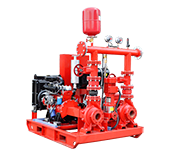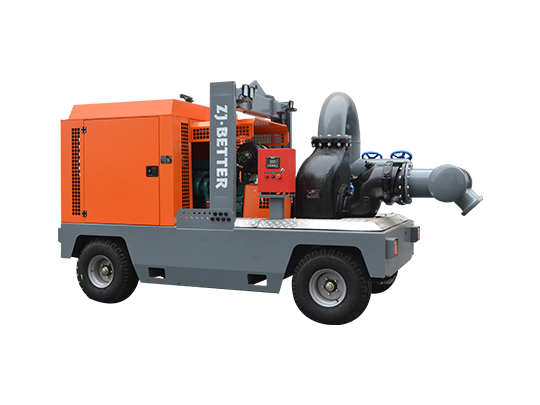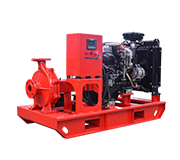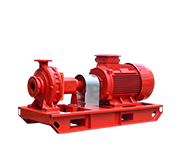-
Fire Pump: A fire pump is a primary component of a fire-fighting system. Its main purpose is to supply water at high pressure and flow rates to fire protection systems, including sprinklers, hydrants, hoses, and other firefighting equipment. The fire pump is designed to activate when the pressure in the system drops below a certain threshold due to the activation of sprinklers or other firefighting devices. It provides the necessary water pressure to control, suppress, or extinguish fires effectively.
-
Emergency Fire Pump: An emergency fire pump is a backup pump that comes into play when the primary fire pump fails or is unable to provide the required water pressure. Its primary function is to ensure the availability of water to the fire-fighting system in case of a failure of the primary pump due to mechanical issues, power outages, or other unforeseen events. Emergency fire pumps are designed to activate automatically when a drop in water pressure is detected, and they are often equipped with their own power sources, such as diesel engines or electric generators, to ensure they can operate independently of the primary power supply.
In summary, while both fire pumps and emergency fire pumps are crucial for fire protection systems, the key difference lies in their roles and priorities:
- The fire pump is the primary pump responsible for providing water pressure and flow during normal operations and fire events.
- The emergency fire pump acts as a backup, ensuring that water supply is maintained in case the primary fire pump malfunctions or experiences a power failure.
The use of an emergency fire pump adds an additional layer of reliability to the fire protection system, reducing the risk of inadequate water supply during critical moments.






